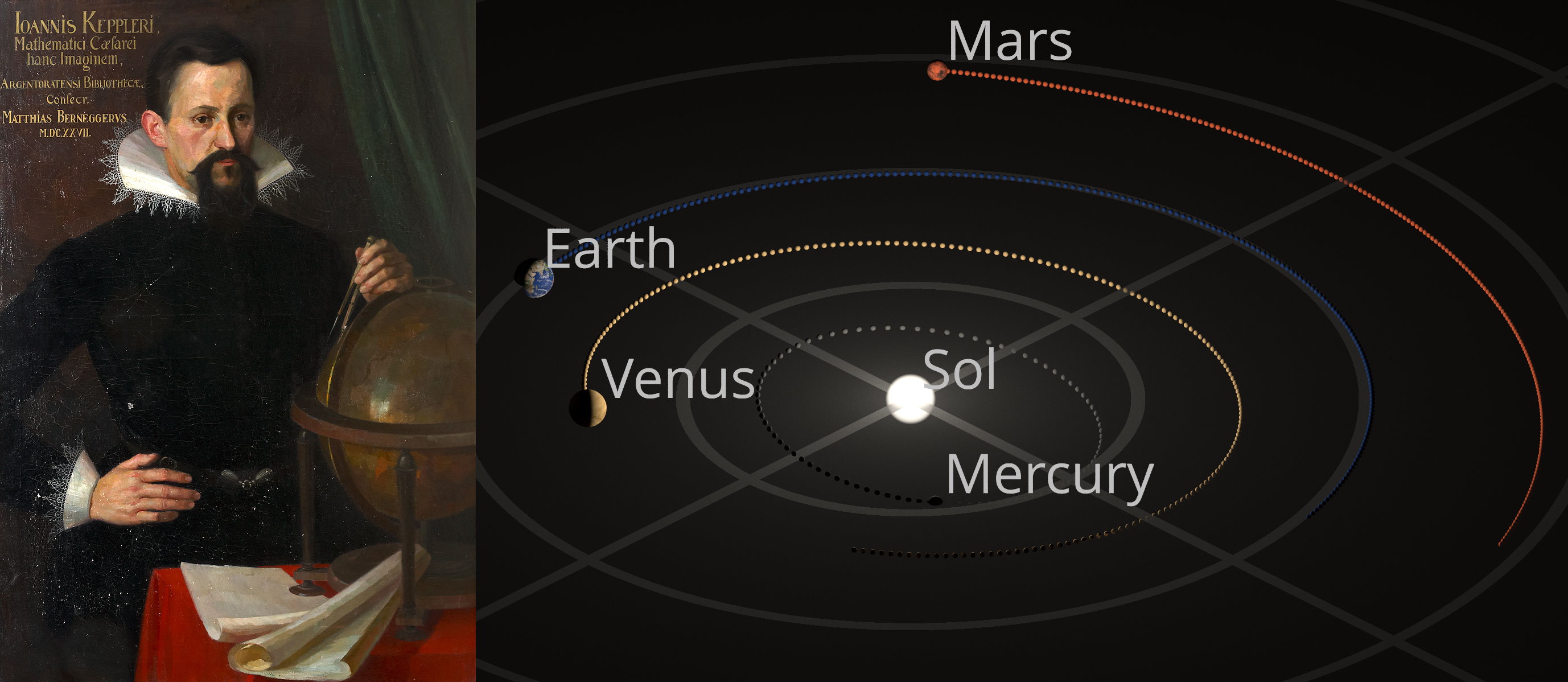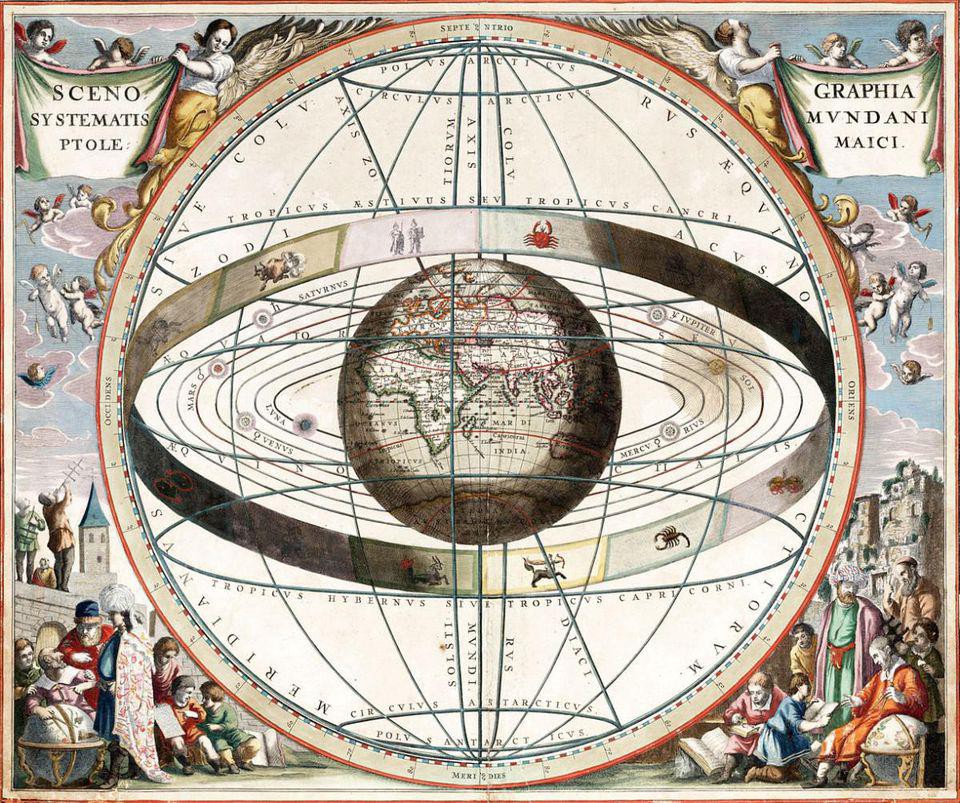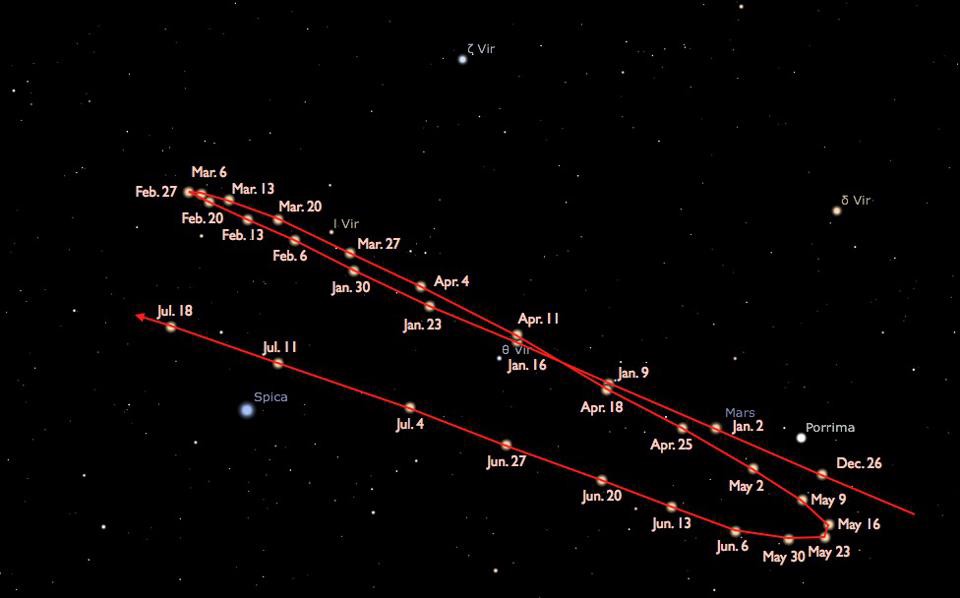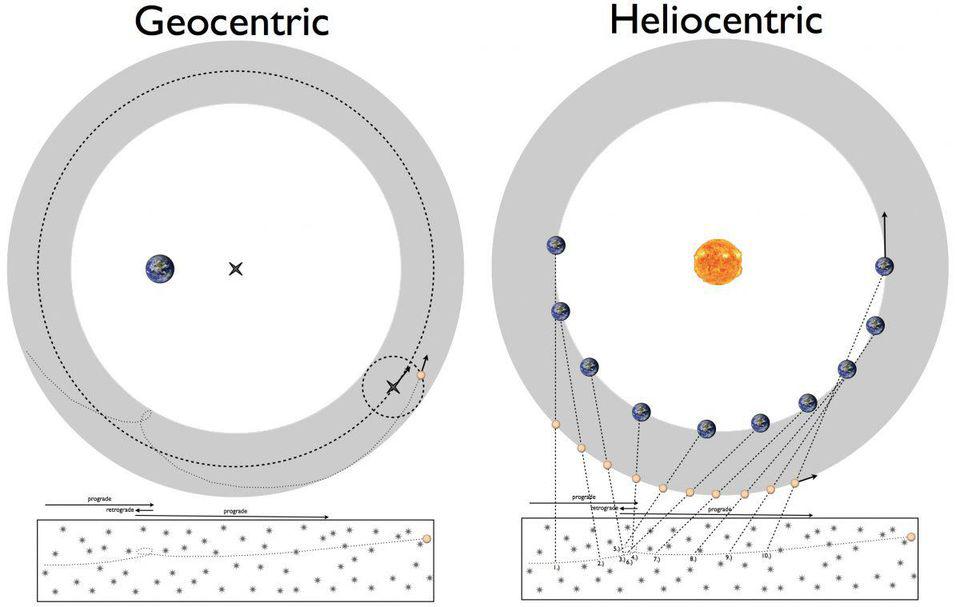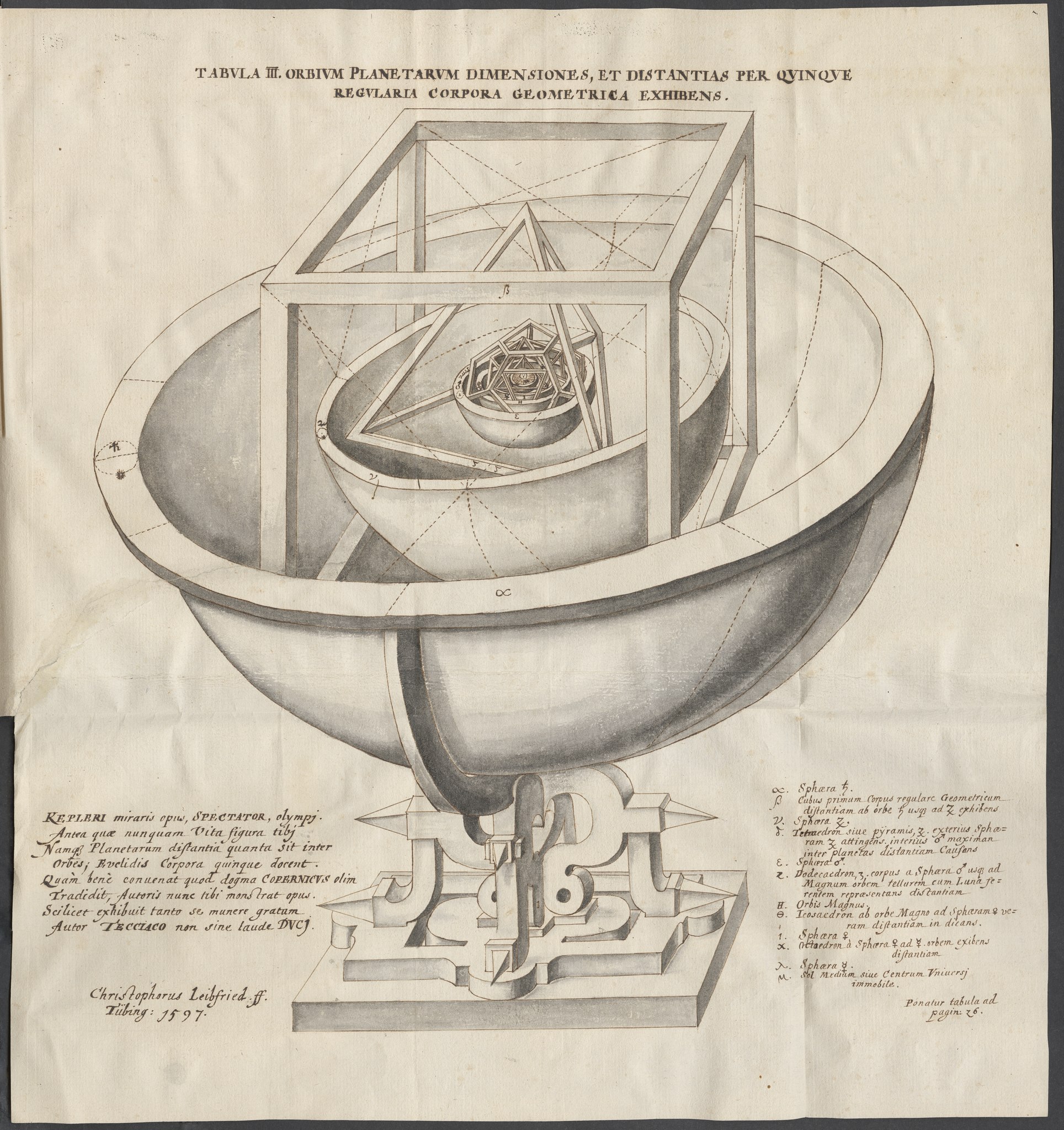Mr. Speaker, let me begin by thanking the leader of Her Majesty's loyal opposition for recently naming me the spokesperson for work and opportunity for the Conservative caucus. I will approach this issue and all issues by breaking them down into those two constituent parts, work and opportunity.
The reason that those two things are so important is because they will determine the well-being of our people. The best anti-poverty program is a good job. The greatest social safety net we have is a strong family and a strong community. I am here today to talk about how we can use the power of work and opportunity to lift people up, particularly people who are less fortunate. It is through that prism that I will comment on the government's proposed increase in Canada pension plan payroll taxes.
Let us start with the impact of that policy on work. What will be the impact on work? First, it will make it more expensive to work. Anybody who has a job and receives a wage will pay higher payroll taxes. According to one estimate, it will be as much as $2,200 in extra payroll taxes, and that will be matched by the employer. It would be $2,200 per household, and an equivalent amount for each contribution by the employee will then be paid by the employer.
That deals with the second half of the work dimension. Not only will it be more expensive to work, it would be more expensive to hire. When it becomes more expensive to hire, understandably less hiring happens. That is particularly the case for small businesses, whose ability to take on marginal costs like payroll taxes is lower than that of larger firms.
This is particularly important because new evidence has emerged this month showing that small and medium-sized firms are vastly outpacing big business when it comes to hiring people. A report from Scotiabank said:
Annual payroll growth among small firms (fewer than 100 employees) averaged 1.4% from 2010-2015, significantly stronger than the 0.9% increase among large firms (500 or more employees), though lagging the 2.0% gain among mid-sized firms (100-499 employees). Small firms generated more than 500,000 net new jobs over this period, or 45% of national payroll gains.
In other words, small companies were responsible for half of the net new hiring that occurred between 2010 and 2015, and large businesses, the kind that the Liberal government likes to associate with, are not generating jobs in the same numbers as the small and medium-sized enterprises. This new payroll tax will make it more expensive for the small companies to hire people, and therefore they will do less hiring.
Anyone who has been out in their communities and talked to small electrician firms, small construction companies, local mom and pop shops, will say they are hearing of the increased burden of government that applies every time a small business tries to hire someone, whether it is restrictive labour laws, higher payroll taxes, provincial and municipal building code restrictions, or the endless volumes of paperwork that a small business must complete for the mere crime of creating jobs and providing goods and services in a community. All of these burdens make it more difficult for entrepreneurs to hire and grow their payroll, and this new payroll tax will make it harder still.
Let us be clear. The government has argued that the CPP payroll tax increase is not a tax at all. It argues that it is simply deferred income, that it goes in one end of the CPP machine, and that when the person retires, it comes out the other. That is not the case for small business. The entrepreneur will pay an increased premium, but he or she will get absolutely nothing in return for it. Their pension will not go up as a result of the increased payroll tax. Their costs will simply go up.
The reality is that they do not have spare change sitting around waiting to throw at the government, so they will have to make difficult decisions. The Canadian Federation of Independent Business has already said that many employers will either cut wages or jobs to make up the extra cost from new tax burden.
That is how this new tax will affect small business in particular, but what about businesses in the export market? Canada is a trading nation. Without exports, we do not have an economy.
I look at the struggling manufacturing sector in Ontario, already hammered with literally tens of billions of dollars in inflated electricity prices imposed by the provincial government to reward well-connected, so-called green energy firms. We look at the new carbon tax these firms will have to pay just to keep their factories operating, and now they will have to pay new contributions to CPP. Large manufacturing firms, particularly in the auto sector, have already warned that this triple whammy will make it more difficult to create jobs here in Canada.
We have a global supply chain where investment goes to where the returns are, and if the returns on hiring Canadians are lower because the costs are higher, then these firms will just build and hire somewhere else. They have lots of options. Other places around the world are competing fiercely for opportunities and jobs for their people, and they are doing it by lowering taxes and streamlining red tape. The government is doing precisely the opposite of that, so we can expect that this new and expanded tax on jobs will mean fewer jobs and less work.
As the critic for work and opportunity, I think that is terrible. We need to expand job opportunities for people by lowering the cost of hiring. If we do that, then entrepreneurs, large and small, will come here and hire in record numbers. That is the agenda we should push.
Let me remind our colleagues across the way who say we need to have more contributions to the CPP, that if someone loses their job, the contribution they make to their CPP retirement is zero. They get absolutely nothing put away in a rainy day fund, in their retirement nest egg. If we want to ensure that people have enough money to retire, we have to make sure they have a chance to work so they can contribute to their savings in the present day rather than taxing them out of a job.
Let us move to the second part of my new duties as critic and spokesperson on the issue of opportunity for Canadians. What kind of opportunity will this proposal bring to the Canadian people? The government says that we need to increase the mandatory contributions to CPP because people cannot afford to save for their retirement. Let us think about that for a second: people cannot afford to save for their retirement, so we will force them to save.
If the government's position is that no one has any money to set aside at the end of the month, then how will they afford to pay this new tax? It has to come from somewhere. It is not magic. The amount that the government is proposing the average family contribute is $2,000. If Canadians do not have $2,000, what will they do when this new tax kicks in? They will not have a lot of options.
In fact, options are precisely what we should be providing them. We should live in a big, opportunity filled free enterprise economy where Canadians get to choose what is right for them. That is what free enterprise means, and that is why it is the greatest poverty fighting machine ever invented.
Prior to the current government's taking office, we as a Conservative government introduced the tax-free savings accounts. The government does not actually understand the purpose or the use of those accounts. It has suggested that tax-free savings accounts are merely a tool for the rich. They are exactly the opposite. It has been proven that RRSPs tend to be weighted more in that direction. TFSAs are weighted to favour low-income people. That is because low-income people often do not have access to the biggest tax-free savings account that has ever existed in Canada, which is the capital gains tax exemption on a primary residence. We have long had a tax-free savings account for real estate so that we can grow the value of our property infinitely without paying any capital gains tax at all as long as it is our primary residence. What about low-income people who do not have a primary residence but who instead rent because they have never been able to afford a down payment? A tax-free savings account is precisely the equivalent for them. It gives them the ability to save tax free through equities and other savings instruments the way that more affluent Canadians already have saved tax free through the ownership of a principal residence.
Lower income people pay a lower marginal tax rate because they are in a lower tax bracket. As a result, an RRSP does not necessarily save them as much money when they contribute to it. Therefore, if their marginal tax rate is somewhere around 20%, an RRSP contribution does not defer nearly as much either in percentage or absolute terms as if they were a millionaire, like the finance minister, and pay a marginal tax rate of 48%. The millionaire would save 48% whereas the working class person would only save or defer 18% or 19% on an RRSP. With tax-free savings accounts, not only do the savings accrue over time but the accounts also exempt a low-income person from having eventual GIS and OAS benefits clawed back later in life because TFSA earnings are exempt from that clawback. Therefore, lower income people can retain the GIS and the OAS while they take gains out of their tax-free savings account.
The government will say that low-income people never contribute in the first place. Actually, the statistics from Finance Canada prove exactly the opposite. The average income of a TFSA contributor is $42,000. Maybe the government does not consider that middle class. Its so-called middle-class tax cut did not give a penny to anyone earning below $45,000 a year. I consider that middle class. At the very least, the people who earn $42,000 a year are working hard to join the middle class, and TFSAs are one way to help them do it.
Of those who actually maxed out their tax-free savings account, the average income is about $60,000 a year. Our friends across the way will say that it is impossible for someone earning only $60,000 to max out a $5,500 tax-free savings account. That is because the Liberal government does not understand when and how people contribute to those accounts. They do not always do it out of their income but out of big life events. When a spouse dies, an elderly survivor may want to put the inheritance in a place where it will not be taxed. That is why he or she would take that inheritance and put it into a tax-free savings account. If a senior gets too old and can no longer climb the stairs in his or her large multi-level house, if he or she disposes of the house and moves into an apartment, he or she has turned a hard, real asset into a liquid asset and can put that money into a tax-free savings account. That is why the people who have maxed out TFSAs are not all rich. They are often people with low incomes who have had major life events that cause them to turn their assets into cash, and they want to turn that cash into tax-free income. We wanted to give them the opportunity to do that, which is why we created the tax-free savings account, and that is why we increased the amount people can contribute to it.
On the other hand, the government wants to force everyone to contribute through the CPP, arguing that this instrument is the only way people should be allowed to make contributions to their savings. However, we are increasingly finding data that shows that it is not the best savings instrument compared to the other alternatives out there in the marketplace.
In fact, a recent study by the Fraser Institute demonstrated that the 1.07% management cost of running the CPP is quite high. It is not low, as was argued earlier. It is actually quite high, and Canadians, increasingly, can access exchange traded funds with the click of a mouse on the Internet, from very reputable firms like Vanguard, iTrade, or others. These funds are massively diversified, with extremely low management costs, much lower than the CPP. In fact an investor can own the entire American stock market, the entire Canadian stock market, and even the entire worldwide stock market and be diversified into every single company that exists and is publicly traded on planet earth, with a management expense ratio lower than the current CPP's.
Warren Buffett was recently asked how he would encourage the average investor to prepare for their future. Given that most people do not have the time or expertise to pick one stock at a time, he suggested exchange traded funds because of their extremely low management expense ratios, because it costs so little to invest in them, and because they diversify so widely it protects the investor against major losses.
That is just one vehicle, but there are all sorts of other vehicles available to people if they so choose. I am not here to offer them financial advice. I think most of us in this place struggle just to plan our own financial futures. However, we do acknowledge the cornucopia of opportunity for people out there in the private sector, and that Canadians are smart and wise enough to make those decision for themselves. They should not be robbed of those decisions by a government that thinks it knows best how they ought to prepare for their future. That is exactly what this government is doing by forcing people to invest more money in an expensively managed CPP savings account.
I conclude by turning the attention of the House to a column recently written by Kevin Libin in the Financial Post, who said:
So what if a new report by Morneau Shepell, the human resources firm once chaired by our current federal finance minister, finds that the new enhanced CPP doesn’t significantly tackle all that much—and, in some ways, makes our retirement system even worse.
The article goes on to say:
Even Bill Morneau, before he was a politician and still worked at the human resources firm that bears his family’s name, co-authored a book with Vettese that repudiated—
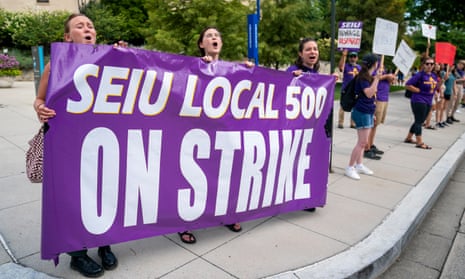







:format(webp)/https://www.thestar.com/content/dam/thestar/news/world/2022/09/26/giorgia-meloni-far-right-christian-mother-is-italys-new-leader-heres-how-that-might-change-europe-and-the-world/_2body.jpg)

:quality(70)/cloudfront-eu-central-1.images.arcpublishing.com/irishtimes/3QDSCHWUUZGZNIE3ZHMYXY2KEQ.jpg)
:quality(70)/cloudfront-eu-central-1.images.arcpublishing.com/irishtimes/4EW5NKTGDNDVJFFM5SN6BPWZV4.jpg)
:quality(70)/cloudfront-eu-central-1.images.arcpublishing.com/irishtimes/WLIKXHS7ENCJROY6PBLIBDOS2Q.jpg)
:quality(70)/cloudfront-eu-central-1.images.arcpublishing.com/irishtimes/RFY4C2YYW4ZKH5FGRP6YVWAZEU.jpg)
